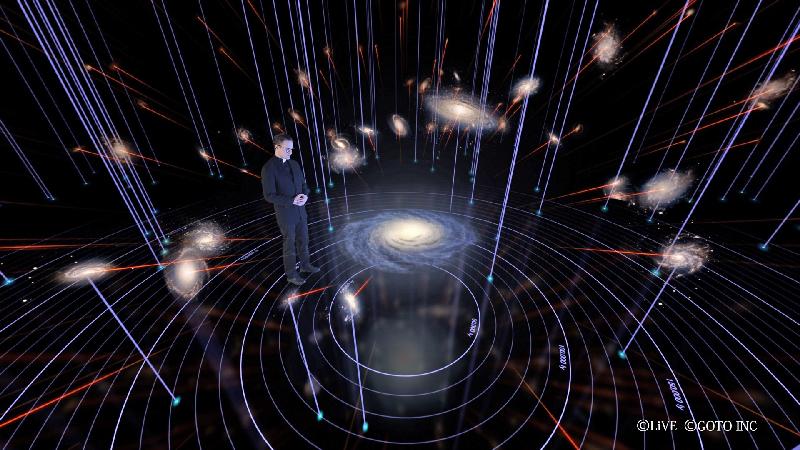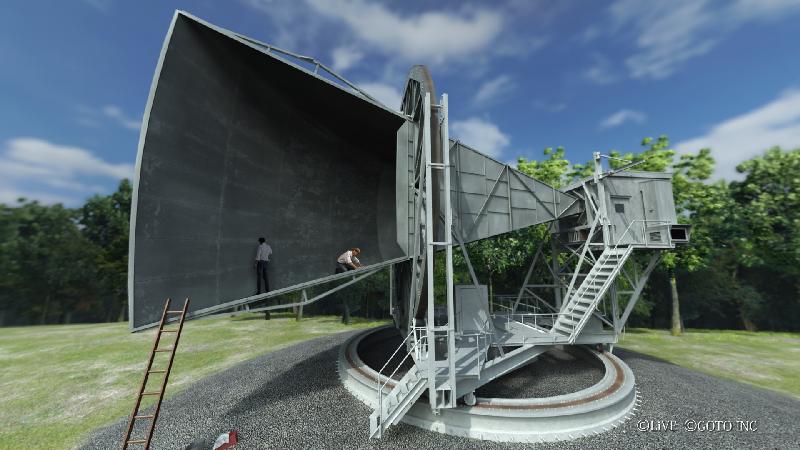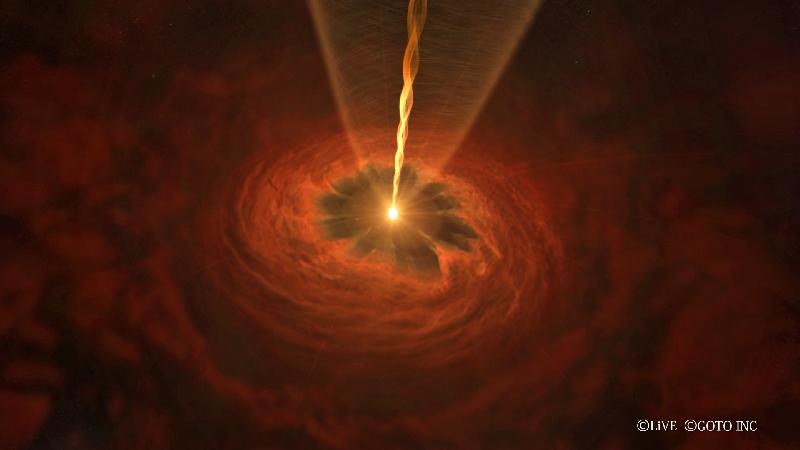The Centre for Food Safety (CFS) of the Food and Environmental Hygiene Department today (April 30) released the findings of its food safety report for last month. The results of about 13 300 food samples tested were satisfactory except for nine samples which were announced earlier. The overall satisfactory rate was 99.9 per cent.
A CFS spokesman said about 1 800 food samples were collected for microbiological tests, some 2 900 samples were taken for chemical tests and the remaining 8 600 (including about 8 200 taken from food imported from Japan) were collected to test radiation levels.
The microbiological tests covered pathogens and hygienic indicators, while the chemical tests included pesticides, preservatives, metallic contaminants, colouring matters, veterinary drug residues and others.
The samples comprised about 3 200 samples of vegetables and fruit and their products; 800 samples of cereals, grains and their products; 700 samples of meat and poultry and their products; 800 samples of milk, milk products and frozen confections; 1 800 samples of aquatic and related products and 6 000 samples of other food commodities (including beverages, bakery products and snacks).
The nine unsatisfactory samples comprised three vegetable and fruit samples detected with pesticide residues exceeding the legal limits; three samples of tuna sashimi and a toothfish sample detected with excessive mercury; a grass carp sample found to contain traces of malachite green; and a fresh beef sample found to contain sulphur dioxide.
The CFS has taken follow-up action on the unsatisfactory samples, including informing the vendors concerned of the test results, instructing them to stop selling the affected food items and tracing the sources of the food items in question.
Since the Pesticide Residues in Food Regulation (Cap 132CM) came into effect on August 1, 2014, as of March 31 this year, the CFS has taken over 171 700 food samples at the import, wholesale and retail levels for testing for pesticide residues. The overall unsatisfactory rate is less than 0.2 per cent.
The spokesman added that excessive pesticide residues in food may arise from the trade not observing Good Agricultural Practice, e.g. using excessive pesticides and/or not allowing sufficient time for pesticides to decompose before harvesting. The maximum residue limits (MRLs) of pesticide residues in food set in the Regulation are not safety indicators. They are the maximum concentrations of pesticide residues to be permitted in a food commodity under Good Agricultural Practice when applying pesticides. In this connection, consumption of food with pesticide residues higher than the MRLs will not necessarily lead to any adverse health effects.
The spokesman reminded the food trade to ensure that food for sale is fit for human consumption and meets legal requirements. Consumers should patronise reliable shops when buying food and maintain a balanced diet to minimise food risks.




